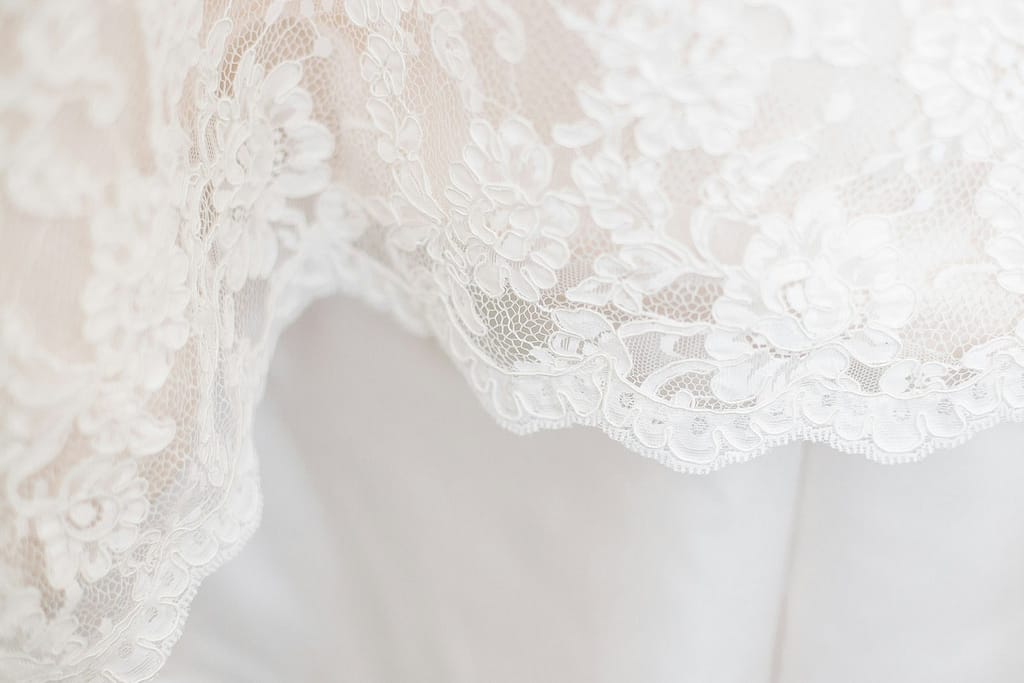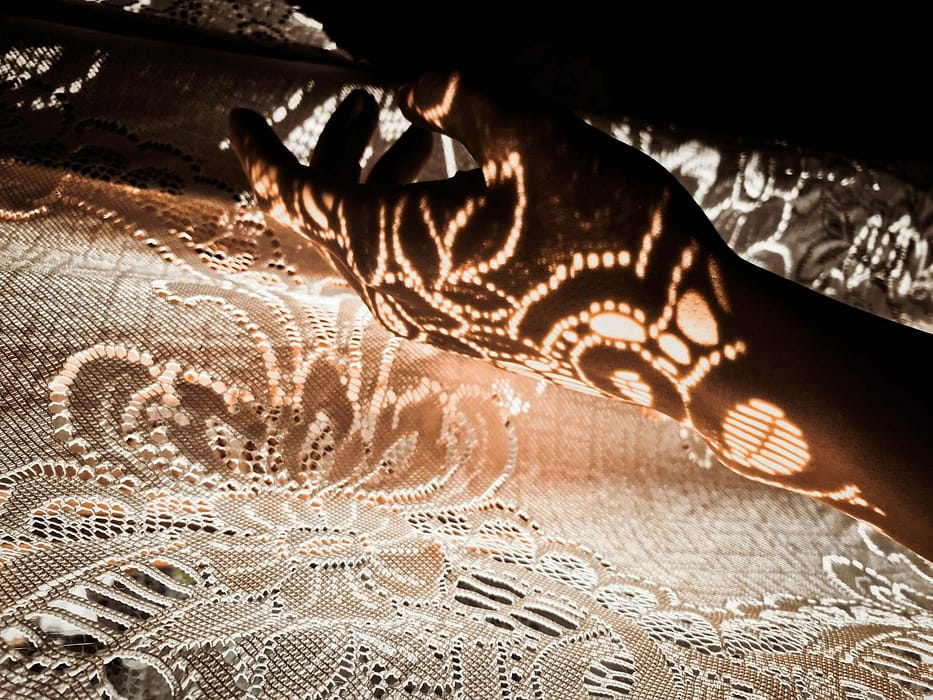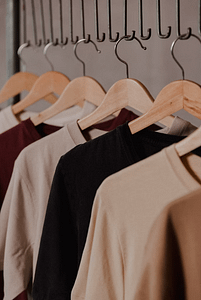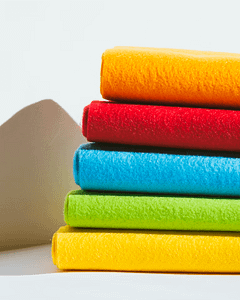Introduction
Lace fabric has long been celebrated for its intricate detail and ethereal elegance. Known for its openwork structure and delicate patterns, lace exudes a timeless charm that transcends trends. Whether used in haute couture, bridal fashion, or refined home décor, lace brings a sense of artistry and grace to any application.
Its versatility and romantic appeal have kept it relevant for centuries, evolving with both traditional craftsmanship and modern innovation.
Origins and History
Lace originated in Europe during the late 15th to early 16th centuries, with Italy and Flanders (modern-day Belgium) emerging as early centers of production. Initially crafted by hand using needle or bobbin techniques, lace was a luxury textile reserved for royalty, clergy, and the elite.
By the 17th and 18th centuries, lace became a symbol of wealth and sophistication, adorning everything from collars and cuffs to ecclesiastical garments. Handmade lace was time-consuming and expensive, often passed down as heirlooms.
The Industrial Revolution brought significant change with the invention of lace-making machines, such as the Leavers machine, which allowed mass production while preserving intricate detail. Today, lace remains a highly valued textile—revered for its heritage and constantly reimagined for modern design.
What Is Lace Fabric?
Lace is a decorative, openwork fabric characterized by intricate patterns made through looping, twisting, or braiding threads. Unlike woven or knitted fabrics, lace has a delicate, net-like structure that is both lightweight and ornamental.
It can be crafted using a variety of fibers, including:
- Natural fibers such as cotton, silk, or linen, prized for softness and breathability
- Synthetic fibers like polyester or nylon, used for durability, elasticity, and affordability
Lace can be either:
- Handmade, using needle lace or bobbin lace techniques that involve meticulous threadwork
- Machine-made, using technologies like Leavers or Raschel machines to replicate complex patterns on a larger scale
This combination of form, material, and method gives lace its signature elegance and versatility across both traditional and contemporary uses.

Key Characteristics
Lace fabric is prized for both its visual appeal and its tactile qualities. Its unique structure and materials lend it a combination of delicacy and design versatility. Here are some of its defining features:
- Lightweight and Sheer
Lace is airy and often translucent, making it ideal for layering or adding visual interest without bulk. - Intricate and Ornamental
With complex floral, geometric, or abstract motifs, lace brings refined detail to garments and textiles. - Flexible Yet Delicate
While lace drapes well and conforms to different shapes, it must be handled carefully due to its fragile construction. - Breathable
The openwork design allows airflow, enhancing comfort in both clothing and home textiles.
Types of Lace Fabrics
Lace comes in many forms, each with its own distinct texture, pattern style, and usage. Below are some of the most recognized types:
- Clip Cord Lace
Features thick corded outlines that define floral or geometric motifs, giving the lace a sculpted, dimensional effect.

- Eyelash Lace
Identified by its fine, feather-like fringe along the edges. This lace adds softness and romantic detail to garments and lingerie.

- Crochet Lace
Made using traditional crochet techniques, this type has bold, handmade-style patterns, often with a vintage or bohemian feel.

- Embroidered Lace
Consists of decorative embroidery stitched onto a mesh or tulle base. Offers a raised texture with detailed patterns.

- Corded Lace
Uses thicker threads to outline motifs for a textured, elegant finish. Commonly used in bridal and evening wear.

- 3D Lace (Relief Lace)
Incorporates layered or padded elements to create a bold, three-dimensional appearance, perfect for high-fashion or statement pieces.

- Printed Lace
Combines lace texture with printed designs, offering more color options and visual interest for contemporary fashion.

- Placement Lace
Made with polyester-cotton blends, this lace features fixed, intricate motifs requiring precise cutting—ideal for decorative garment panels.

- Leavers Lace
A machine-made lace known for its ultra-fine texture and high detail. It mimics handmade lace and is highly regarded in luxury design.
.jpg)
- Chantilly Lace
Recognized for its fine net background and delicate floral patterns. Lightweight with smooth edges, it’s a staple in bridalwear.

- Wool Lace
Uncommon but warm and breathable, wool lace uses wool yarns to produce a soft, textured openwork fabric suitable for cool climates.

- Chenille Lace
Made with chenille yarns for a soft, velvety texture. Offers warmth and a plush hand feel—popular in fall and winter collections.

Production Process
| Step | Description |
|---|---|
| 1. Fiber Selection | Natural or synthetic threads such as cotton, silk, nylon, or polyester are chosen based on the lace’s intended use. |
| 2. Design Creation | Detailed lace patterns are drafted by designers or technicians. These motifs are often floral, geometric, or ornamental. |
| 3. Pattern Formation | Threads are looped, twisted, embroidered, or machine-knitted to form the openwork structure. |
| 4. Stabilization & Cutting | The lace is stabilized with a backing or net (for embroidered lace) and then precisely cut, especially for placement lace. |
| 5. Finishing Touches | Includes dyeing, cord insertion, trimming, and pressing. Some lace types may receive additional embellishment. |
Common Applications
Lace’s decorative elegance and lightweight structure make it a favorite across fashion, interior design, and creative crafts. Here are its most common uses:
- Bridal and Eveningwear
Lace is synonymous with wedding dresses, veils, and formal gowns—adding romantic, delicate detail that elevates the overall design. - Lingerie and Intimates
Stretch and eyelash lace are often used in undergarments for their softness, breathability, and sensual aesthetic. - Accessories
From lace-trimmed gloves and scarves to headpieces and collars, lace adds refinement and texture to accessories. - Home Décor
Lace features in curtains, table runners, cushion covers, and lampshades, lending an elegant or vintage touch to interiors. - Crafts and DIY Projects
Popular in invitations, gift wrapping, scrapbooking, and holiday decorations, lace offers visual interest and texture to handmade items.

Care and Maintenance
Proper care is essential to preserve the delicate beauty and longevity of lace fabrics. Here are some general guidelines:
- Washing:
Hand wash lace gently in cold water with mild detergent. Avoid wringing or twisting to prevent distortion. Some synthetic laces may tolerate gentle machine washing in a mesh bag—always check care labels. - Drying:
Lay lace flat on a clean towel to air dry. Avoid hanging, which can stretch and deform the fabric. Keep away from direct sunlight to prevent fading. - Storage:
Store lace items flat or rolled to prevent creases and damage. Avoid sharp objects that could snag the fabric. - Repairs:
Small snags or tears can often be carefully mended by hand with fine thread to extend the life of the lace.
Conclusion
Lace fabric, with its delicate beauty and timeless elegance, continues to captivate designers and wearers alike. Rooted in centuries of rich history and craftsmanship, lace remains a symbol of sophistication and artistry. Its versatility spans from intricate bridal gowns to chic modern fashion and charming home décor.
As technology and sustainability shape its future, lace evolves while preserving its essence—a fabric that effortlessly combines grace, tradition, and innovation.






